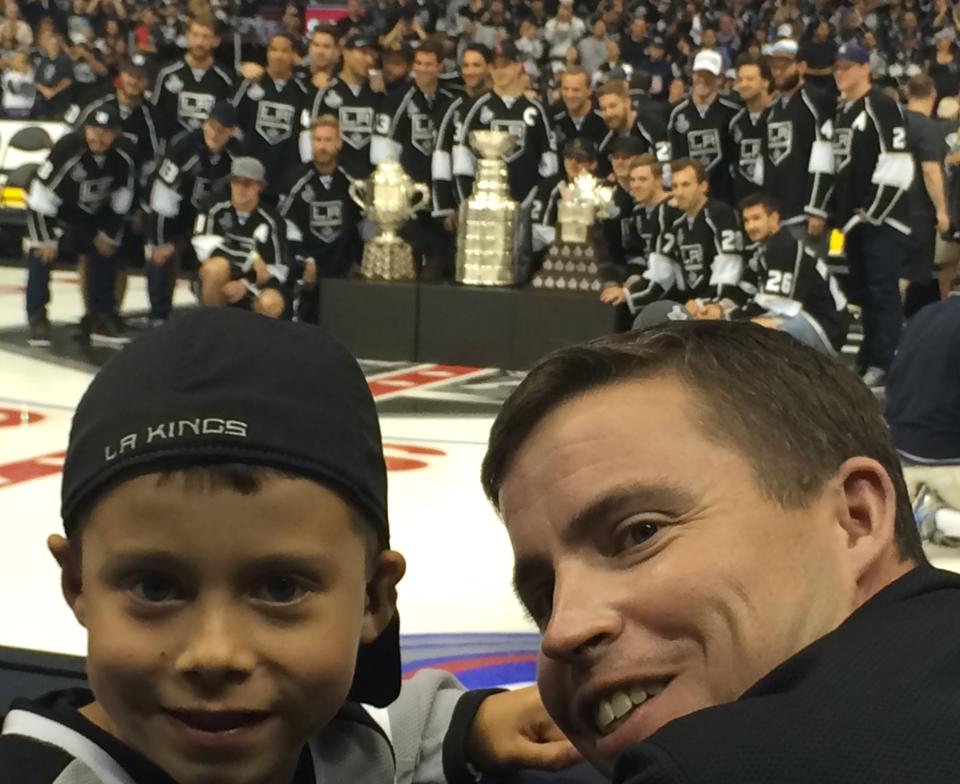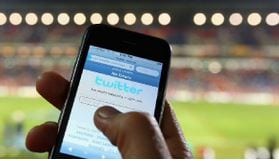by Kelly Cheeseman – August 2014 Everywhere we turn these days we are constantly reminded about loyalty. Every business seems to have a rewards program or a loyalty program. Case in point, on a recent shopping trip to the mall I made transactions at four stores and bought lunch. Four out of the five stops…Continue Reading The Two Keys to Building a Successful Loyalty Program
The Two Keys to Building a Successful Loyalty Program









